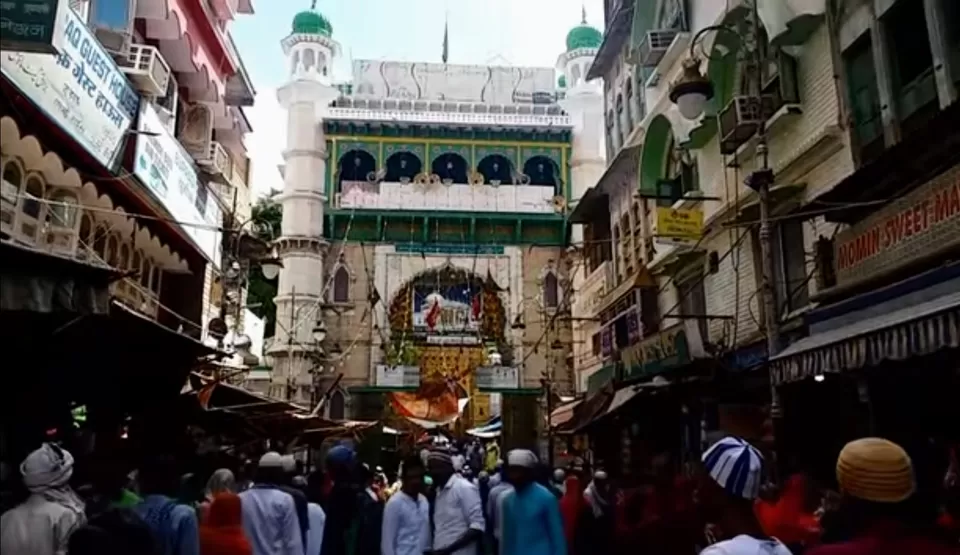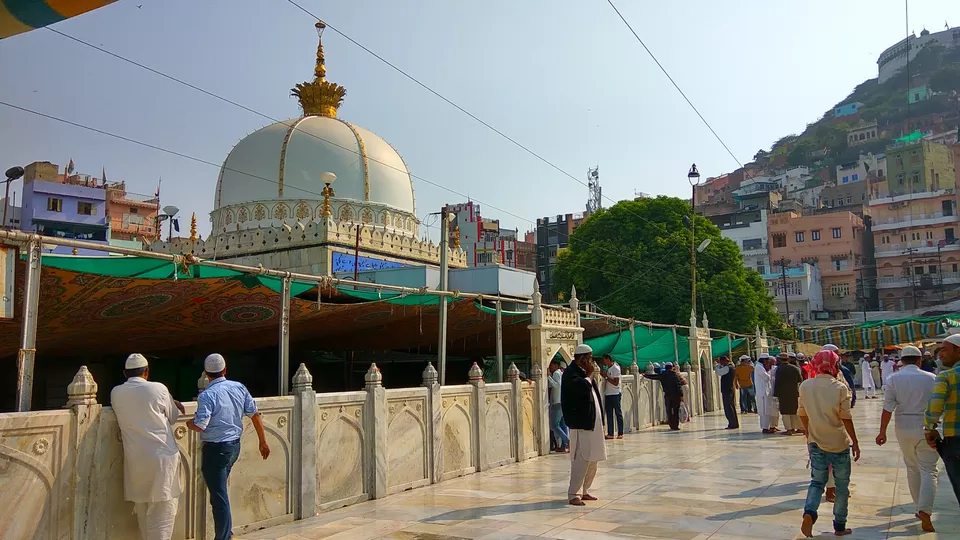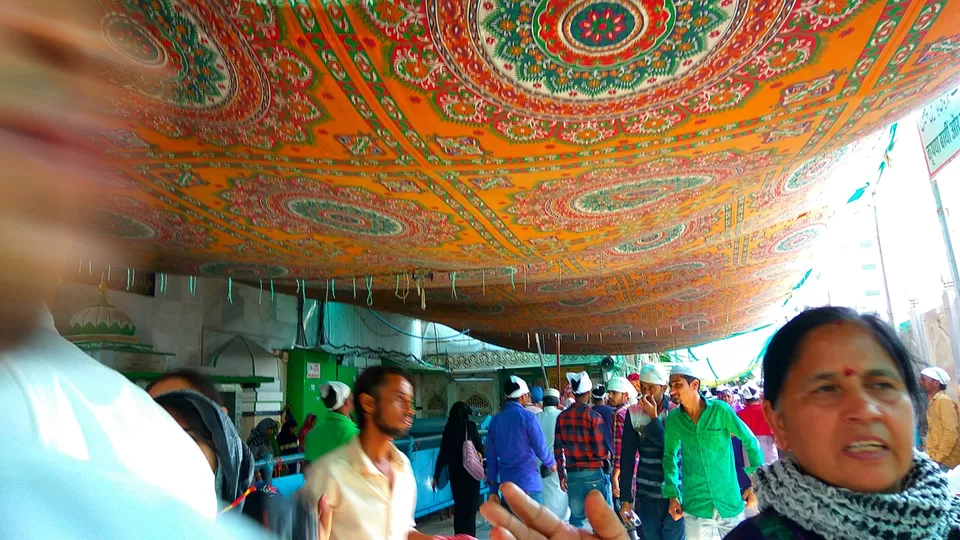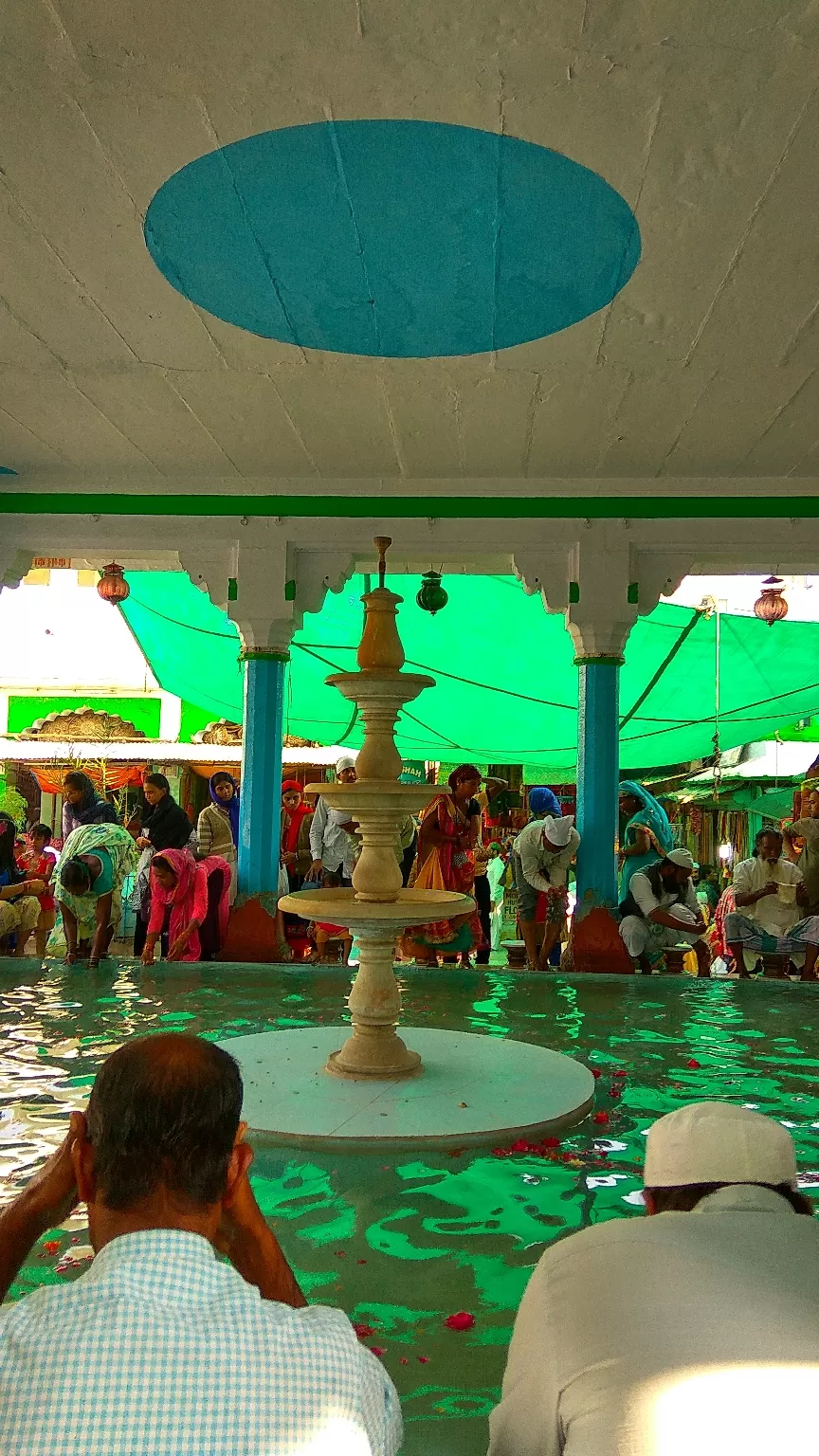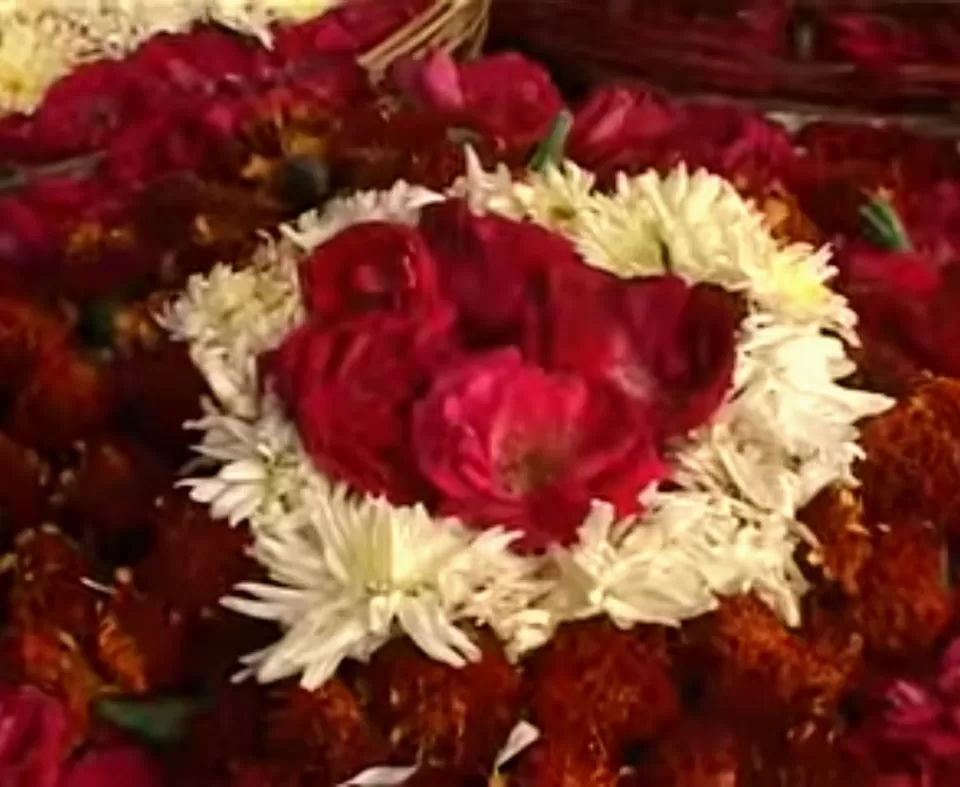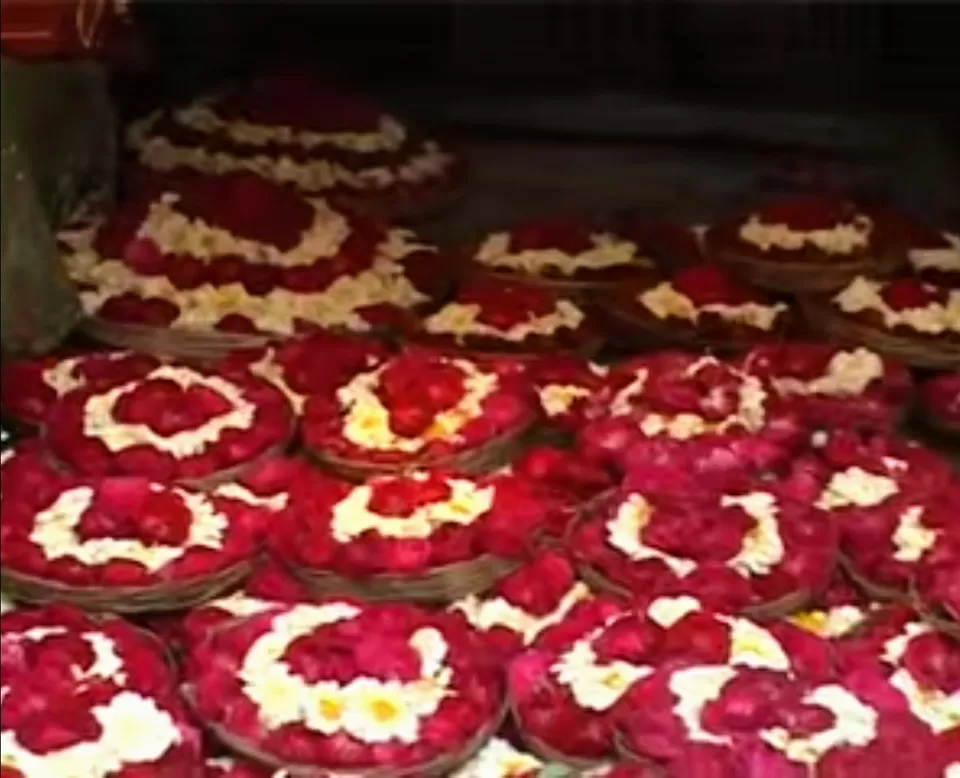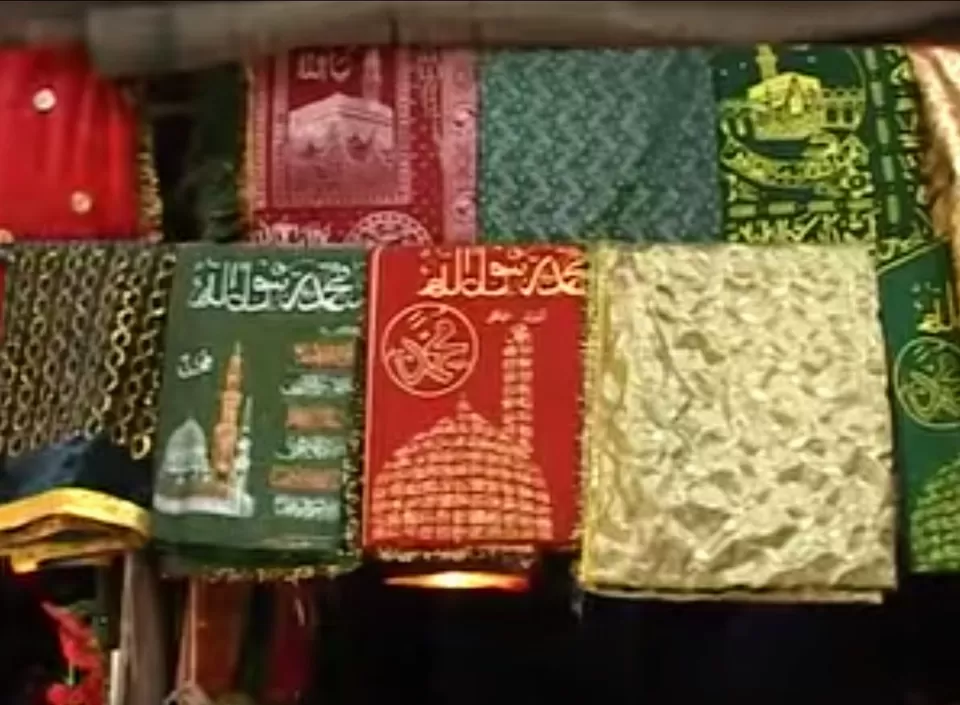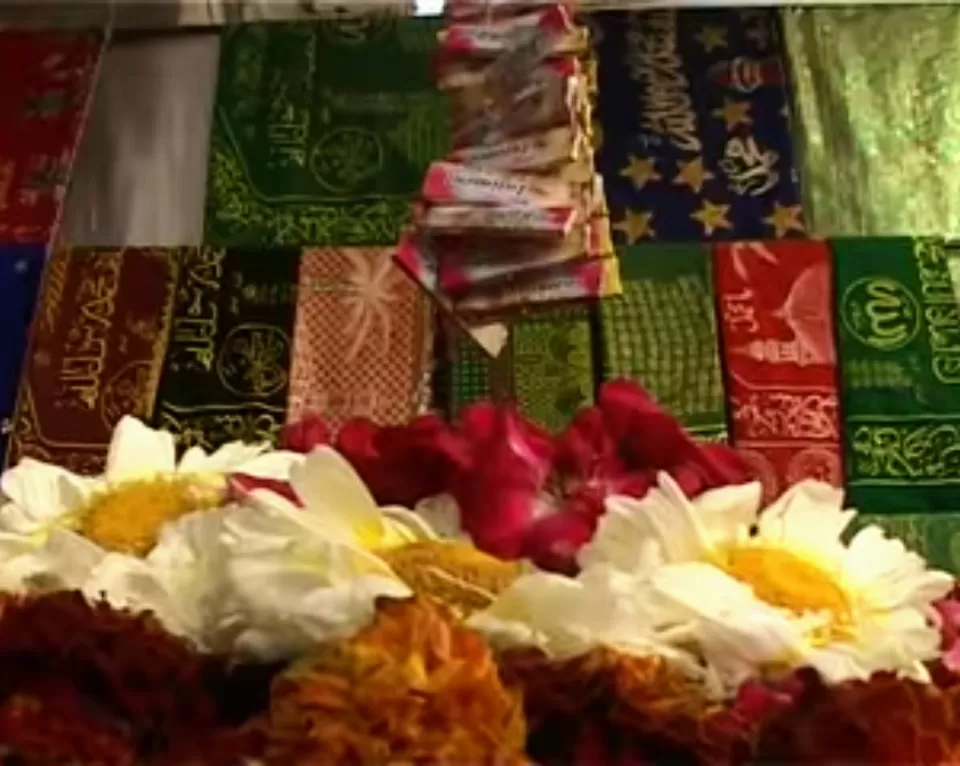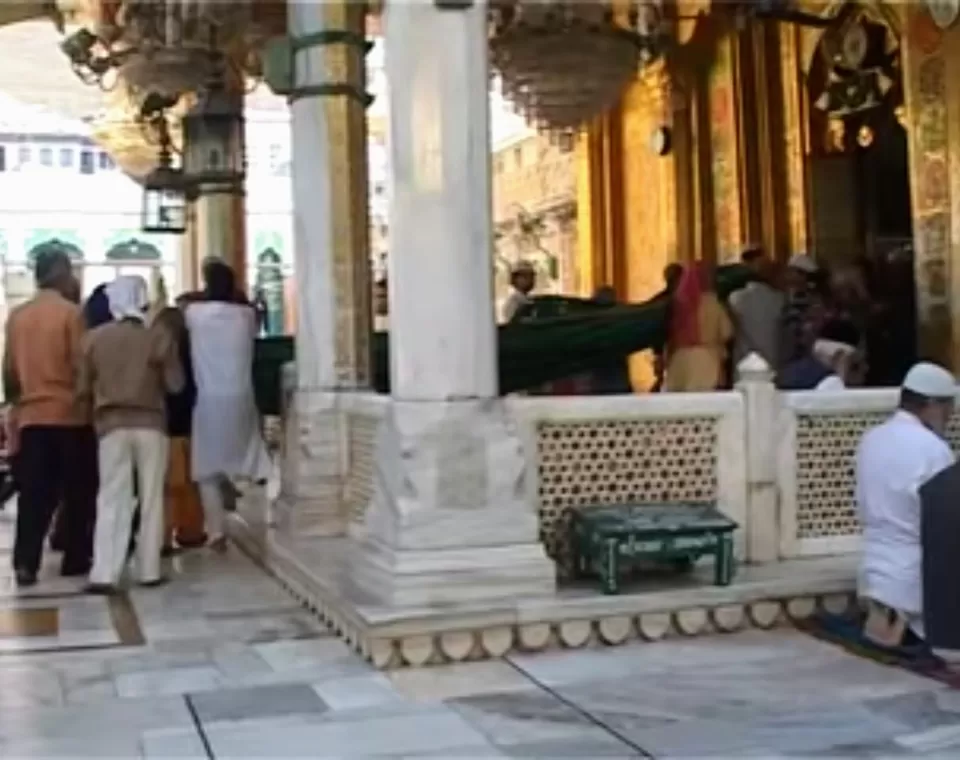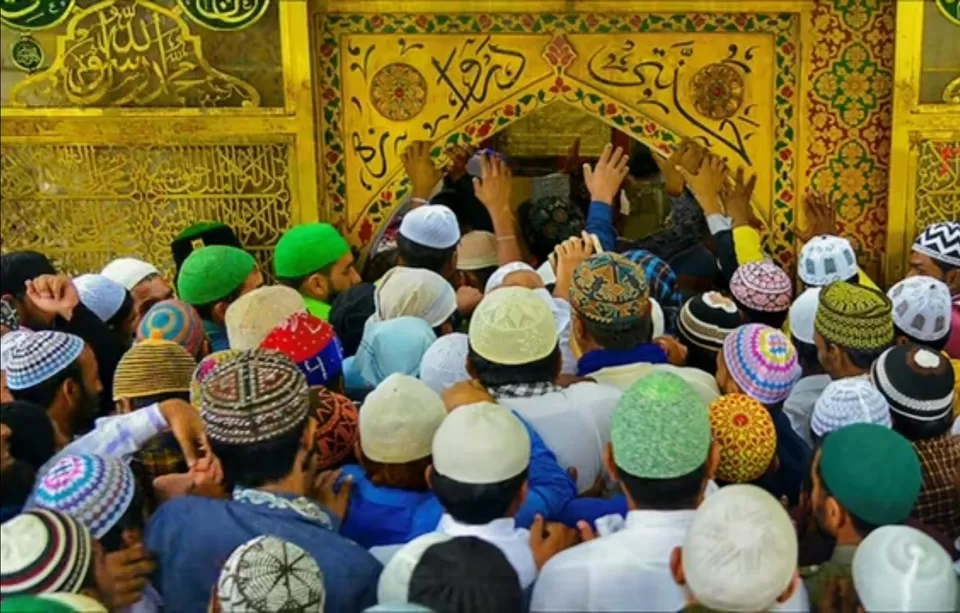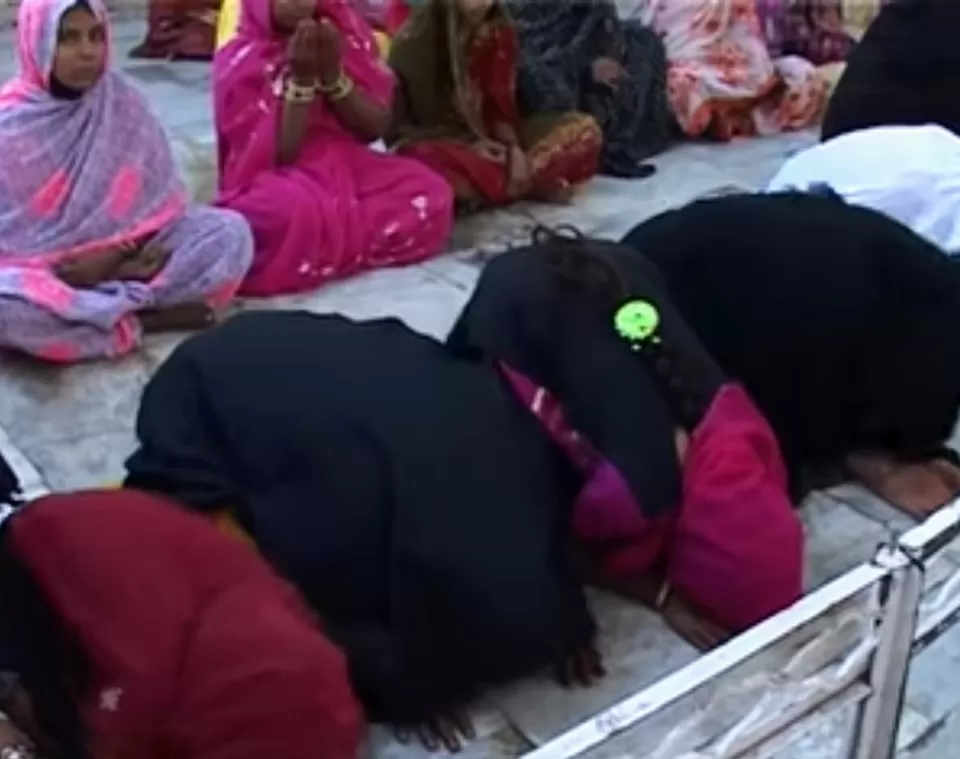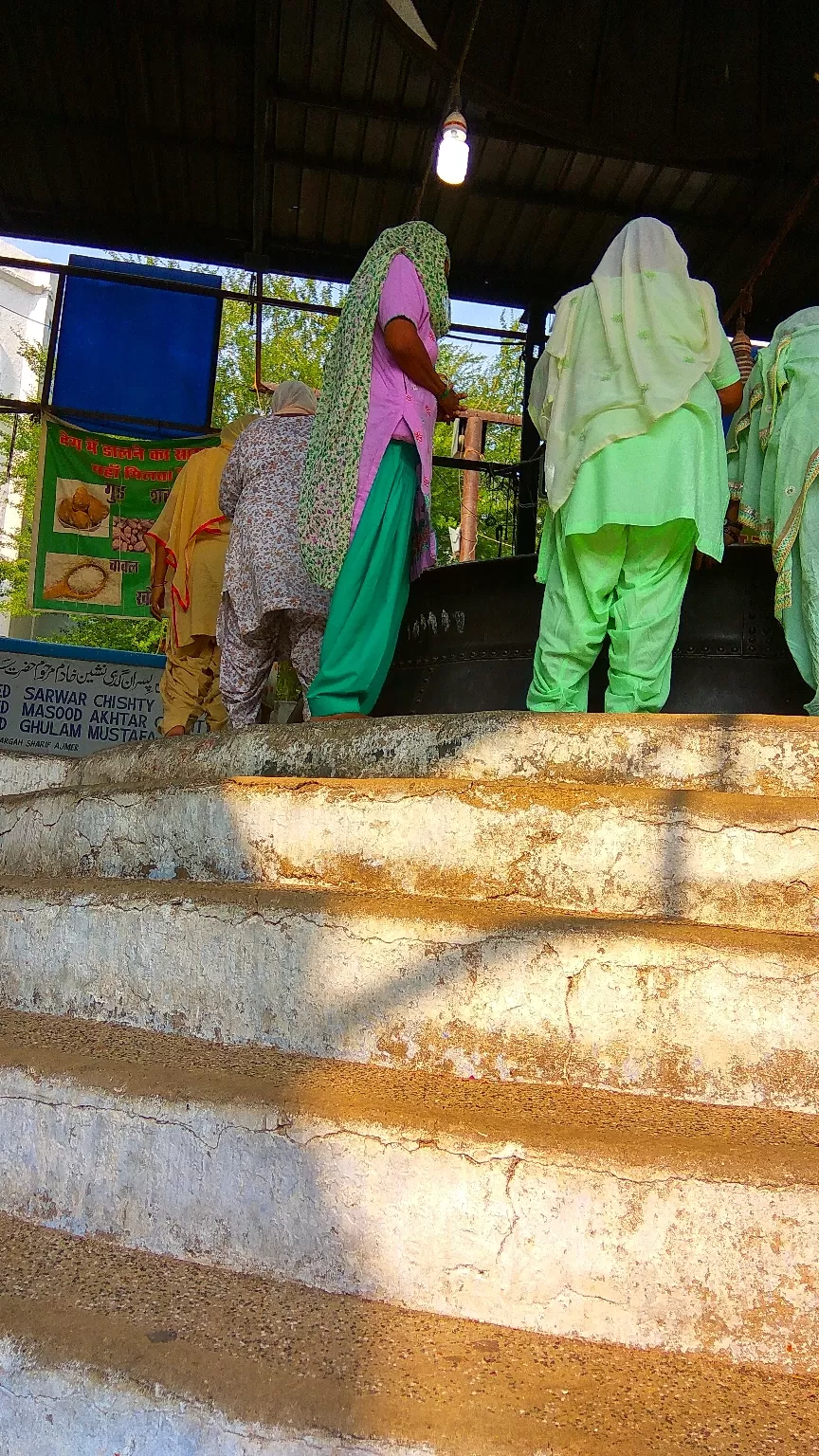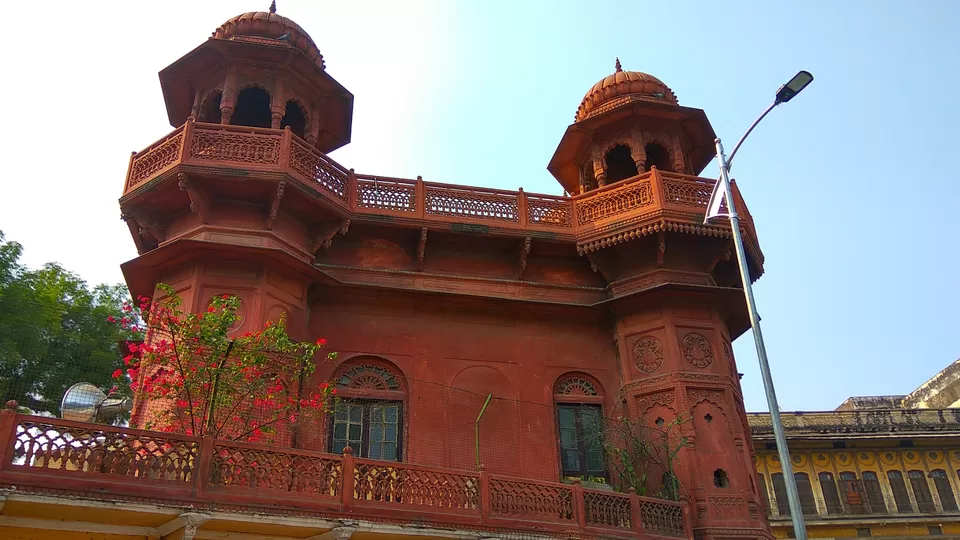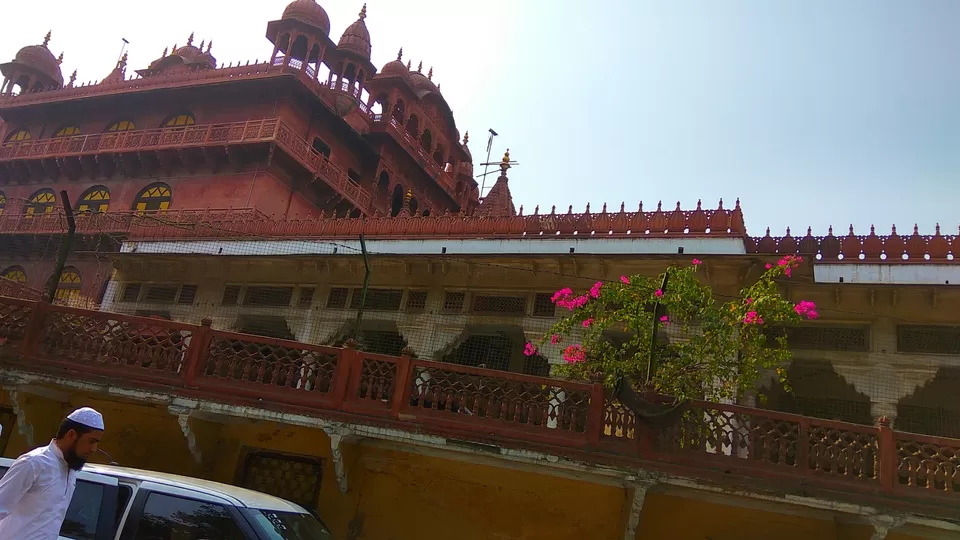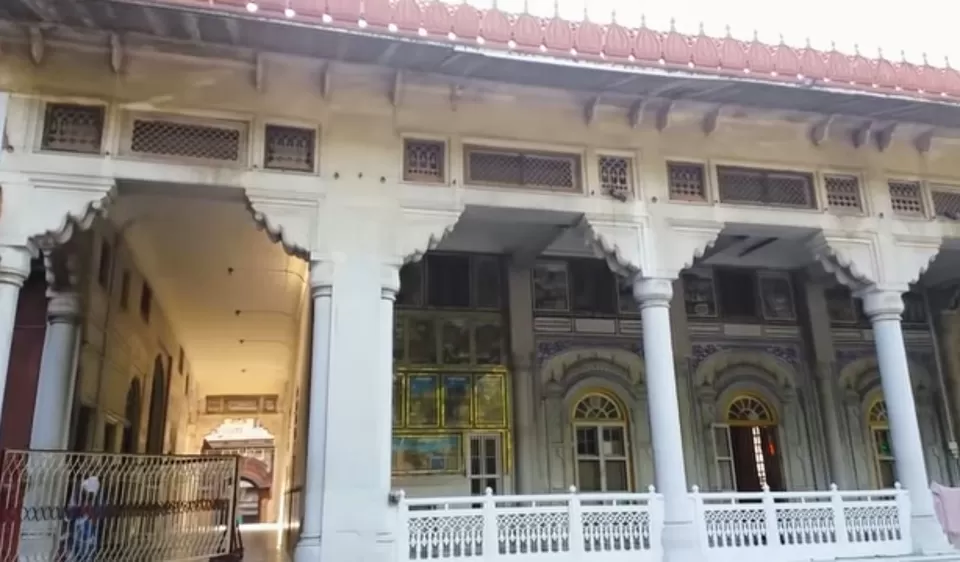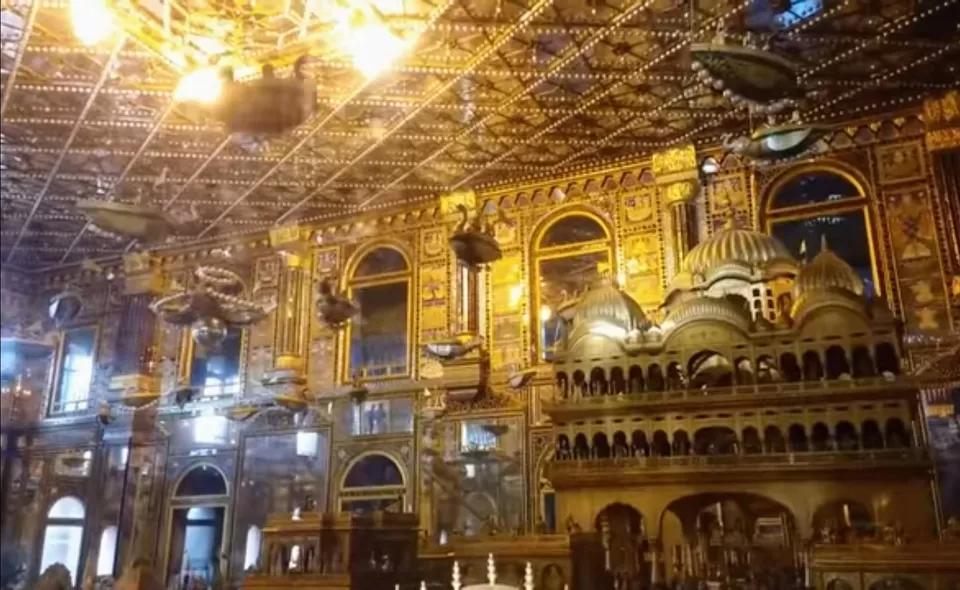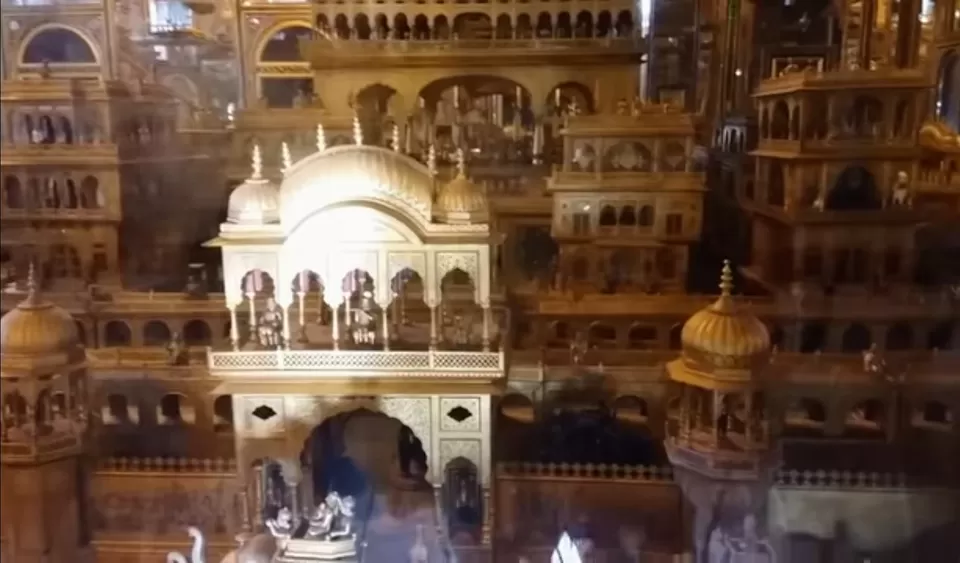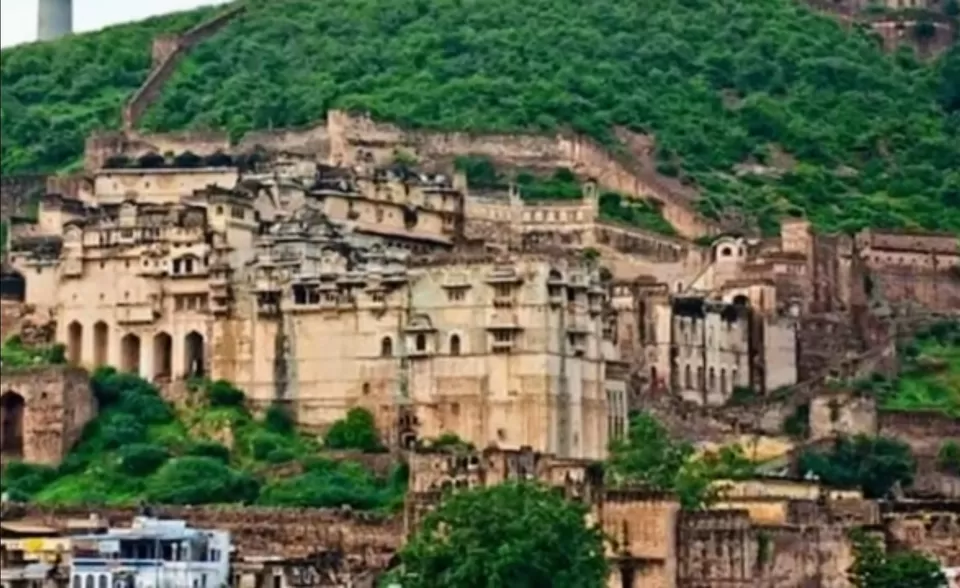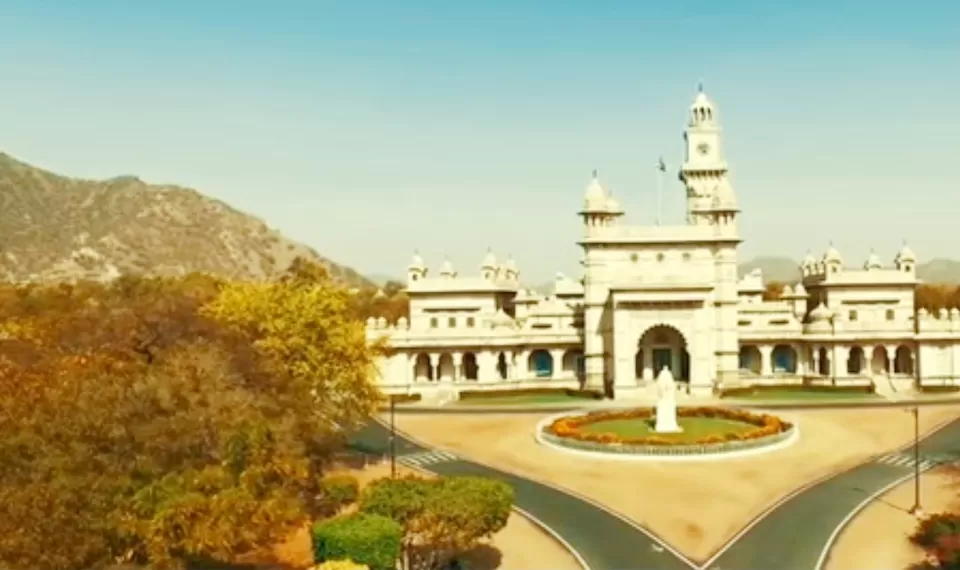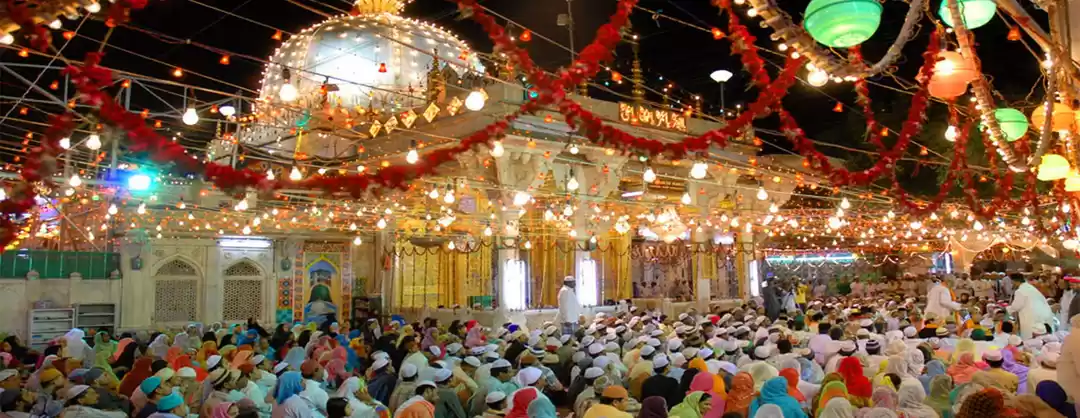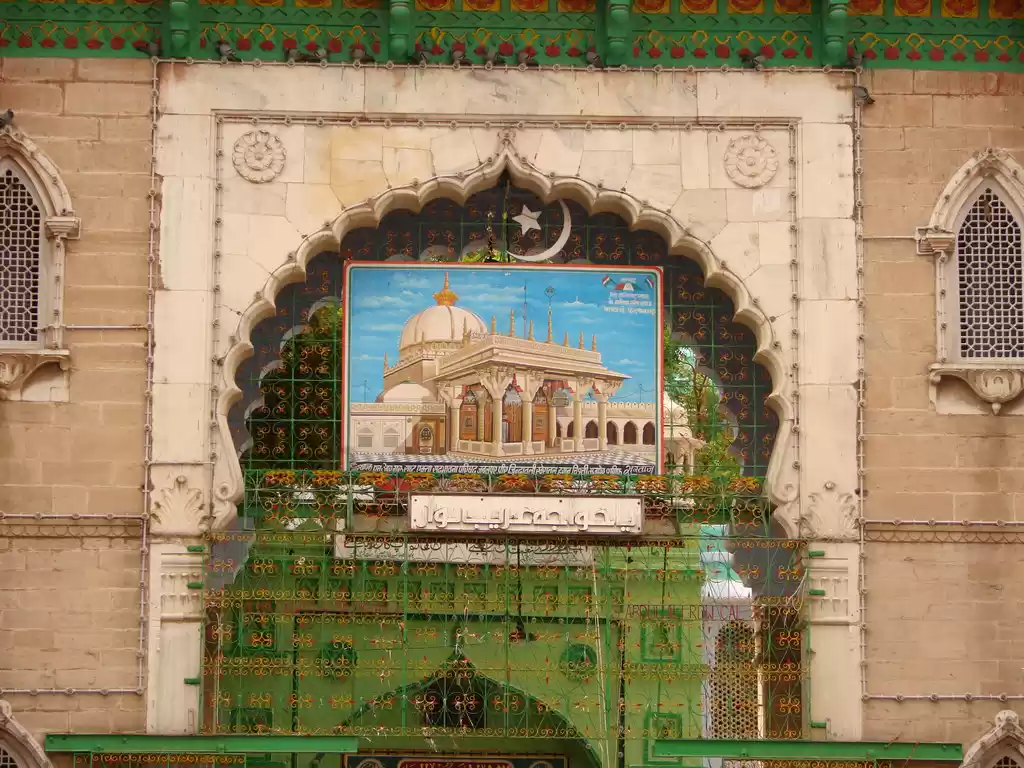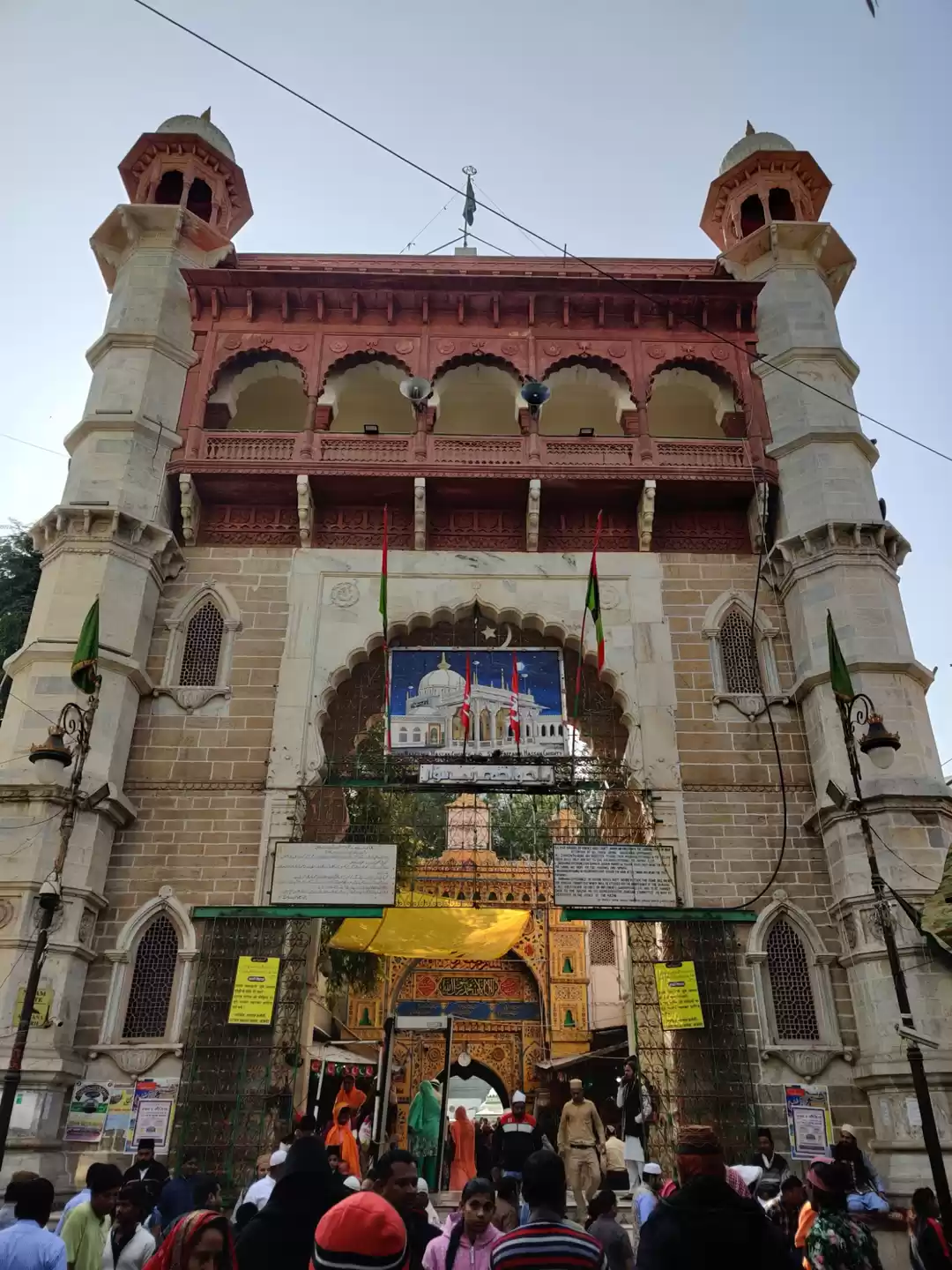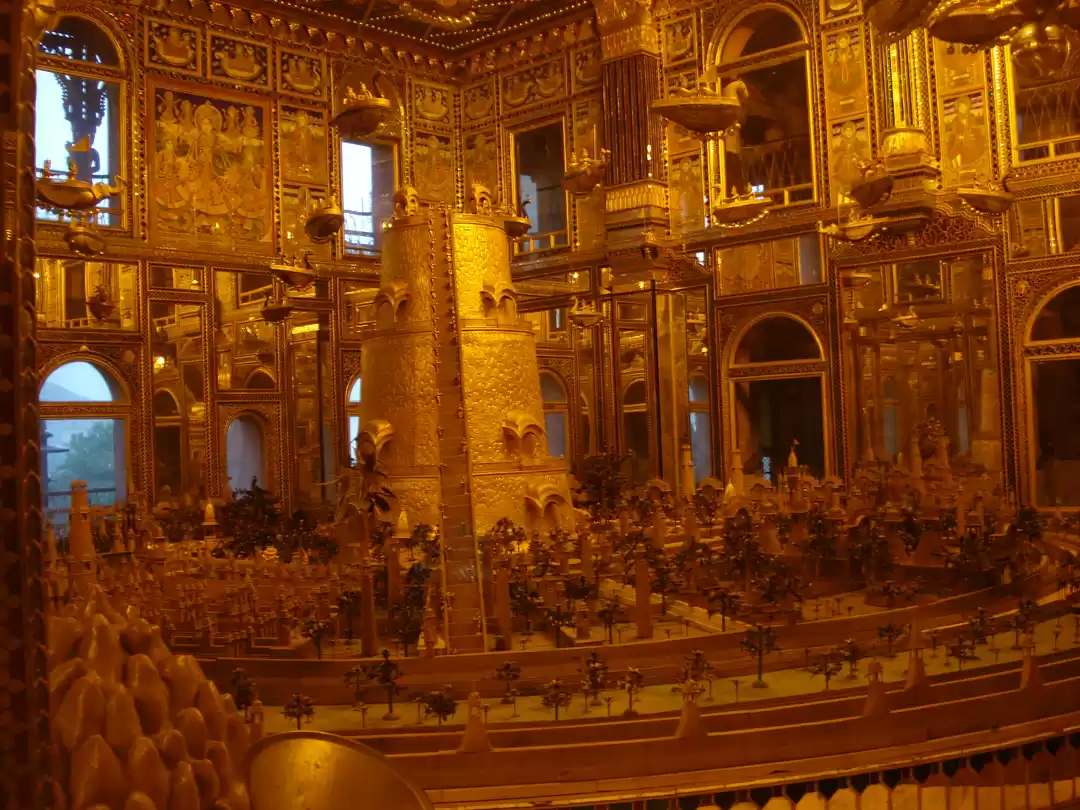I always wanted to visit Ajmer Sharif, and it was possible in 2016!! A large bustling town, best known for its rich Sufi heritage.
Ajmer Sharif, as the dargah is also known, was built by the Mughal Emperor Humayun, hence justifying the rich Mughal architecture. Later, the Nizam of Hyderabad donated a massive gate addition to the complex.
The Nizam Gate, a yellow structure with floral designs, is the main gate and was donated by the 7th Nizam Mir Osman Ali Khan of Hyderabad in 1911.
The Dargah has various constituents like tombs, courtyards and Daalaans or Rooms. The major among these structures are - Nizam Gate, Buland Darwaza, Jama Masjid, Aulia Masjid, Dargah Shrine, Mehfilkhana and about a dozen of other prominent establishments.
There is a sense of peace and serenity inside the premises of dargah that you would not find anywhere else!
Built in the thirteenth century, it can be approached through a giant gate known as the Buland Darwaza, one of the ceremonial gates of the dargah, and so-called because of its great height, which opens into the second courtyard.
The dargah of the revered 13th century Sufi Saint, Hazrat Khwaja Moinuddin Hasan Chisti is located here.
The grave of the great Sufi saint, is kept in a domed chamber, in the centre of the complex which is guarded by a silver railing and marble screen.
An example of Indo-Islamic architecture the dome features a lotus and a crown of gold, donated by Nawab Haider Ali Khan of Rampur.
Traditional offerings include roses, rose petals, a ‘chadar’ and sweets.
Khwajaji died in 1236, and since then his resting place is known to have immense spiritual powers. It is believed that every wish made from a pure heart at Dargah Sharif gets fulfilled.
The atmosphere of Ajmer Sharif often resonates with the songs of various famous Qawwals, who visit the Dargah from all across the globe.
If you have time, make sure you attend a ‘qawwali’ at the dargah, usually held on every Thursday and Friday evening.
Much as I wanted to, unfortunately we couldn't!
These melodious performances include verses sung in praise of the Prophet and various sufi saints.
“Sufism is a religion of intense devotion; Love is its manifestation, poetry, music and dance are the instruments of its worship and attaining oneness with God is its ideal.”
In other words, it implies that the ideal before an individual should be to be one with God. For the attainment of this ideal, intense devotion for God is needed in the individual. Devotion is reflected in love. This love for the Almighty is expressed through three fold activities on the part of the individual. They are poetry of love towards God, music of love towards God and dance of love towards God.
It is generally believed that Sufism is derived from two Arabic words ‘Saf’ and ‘Suf. The word ‘Saf means a carpet. Since the Sufis meditated upon God on a carpet, Sufism took its birth, pure people who meditated on a carpet.
The other Arabic word ‘Suf which means wool. The Muslim saints who wore garments of coarse wool began to be called Sufi saints. The first epoch of Sufism is said to have begun in the seventh century A.D.
The Sufis think that love and devotion are the only means of reaching God.
Along with Prophet Muhammad, they also attach great importance to their ‘Murshid’ or ‘Pir’ (Guru).
Devotion is more important than fast (Roza) or prayer (Namaz). Sufism does not believe in caste system, emphasizes upon leading a simple life.
Sufi saints preached in Arabic, Persian and Urdu.
The Sufi movement came to India two centuries before the Bhakti movement, and spread among the Muslims. The Chishtiya Sufi order was established in India by Khwaja Moinuddin Chishti in the 12th century.
Originally of Persian descent , Hazrat Khawaja Moinuddin wandered extensively around the Islamic world, before making his way to India.
Initially he stayed at Lahore. Then he moved to Delhi and finally settled at Ajmer. On account of his pious and simple life, people of different faiths looked upon him as their spiritual teacher.
While he was not the original founder of the Chishtiyya order of Islam, he was instrumental in bringing its philosophy to India. It was in Ajmer that he preached Sufi tolerance and universal brotherhood. He was widely known for his noble preaching and social deeds.
Being the final resting place of the Gharib Nawaz Moin-ud-din Chisti, Dargah Ajmer Sharif is a perfect emblem of harmony and spirituality, and a must-visit for people seeking peace and tranquillity.
It is believed that when the Sufi saint turned 114, he locked himself up for six days to pray and left his mortal body behind, which eventually led to this exquisite shrine being erected in his honour.
You can spot various Khadims looking out for the pilgrims and fakirs, who plead for alms before the Dargah.
Outside the Dargah, there is a small market from where all the pilgrims buy the offerings.
Devotees from all walks of life come here to pay their respect and seek blessings with thousands visiting the dargah every day.
One can spot two huge cauldrons in the inner courtyard of the shrine. These containers have a capacity of 2240 kg and 4480 kg and are used during special occasions to cook khichdi and sweet delicacies like Kheer.
At other times when the cauldrons are empty offerings of grains and money are lowered in by devotees.
The final resting place of the Sufi Saint, Khwaja Moinuddin Hasan Chisti, is visited by Muslims from all over the world; in fact, the Dargah is revered equally by both Hindus and Muslims.
The city is surrounded by the expansive artificial lake of Ana Sagar and the rugged hills of Aravalli. Although Ajmer Sharif Dargah, the shrine of Khwaja Muin-ud-din Chishti, remains as the most famous tourist places to visit in Ajmer, the city is also significantly known for the Jain religion and is home to an amazing golden Jain Temple, centrally located in Ajmer.
Ajmer is also a well-known learning centre. The Mayo College was one of India’s first schools that acted as the stepping stone for the British style of education and is now one of the popular places to visit in Ajmer.
Mayo College is known to be one of the best boarding schools in India. The curriculum was designed for boys from well to do families of royalties, princes and nobles. The school was founded by Richard Bourke in 1875. He was the Viceroy of India from 1869 to 1872.
The city was founded by Raja Ajaypal Chauhan in the 7th century AD and the city remained as the epicentre of the Chauhan Dynasty till the 12th century AD. The Chauhan dynasty was responsible for the construction of the first hill fort of India, Taragarh, another must visit places in Ajmer, but is not well maintained.
After the defeat of Prithviraj Chauhan by Mohammed Ghori, Ajmer became home to a number of dynasties.
The Mughal Sultans particularly liked Ajmer due the presence of the holy Ajmer Sharif Dargah.
Ajmer has a rich history and played host to the first meeting between the Mughal King Jahangir and the Ambassador of the Court of King James 1 of England, Sir Thomas Roe in 1616.
The city was officially handed over to the British a few centuries later, making Ajmer the only region in Rajputana to be directly controlled by the British East India Company!
Ajmer in Rajasthan is a well-connected city. It is connected to almost many famous cities in the country either by rail, road or air.
By Air: The Jaipur airport is the closest to the city of Ajmer. From the airport, you can either hire a taxi or take a bus to reach the Ajmer.
By Rail: The Indian Railway Network is one of the most well-connected services in India. There would be regular trains from essential places in the country to Ajmer, either directly or by a change in two trains to help you reach the city. From the station, you can book a cab or take a local bus to reach the Ajmer Sharif Dargah.
By Road: Hiring a cab is an option, it would be advised to take regular buses that ply between important cities to Ajmer regularly. There would be direct buses to Ajmer from Delhi and other cities of Rajasthan.
P.C. Pranati Kamani

